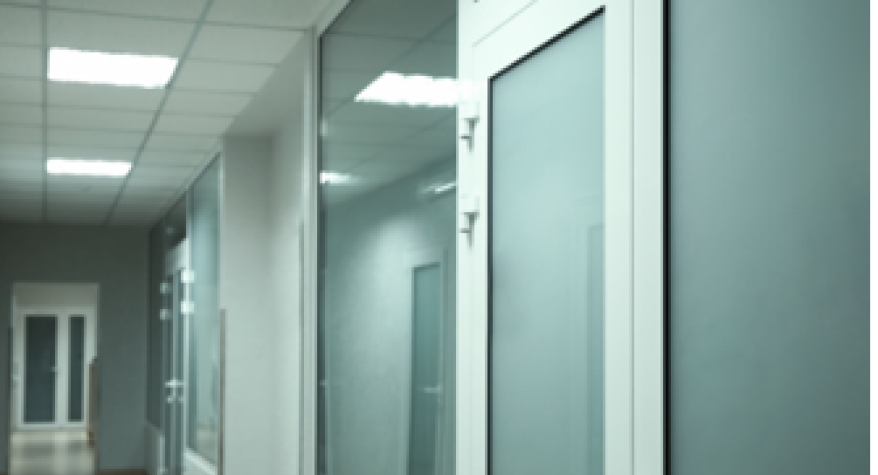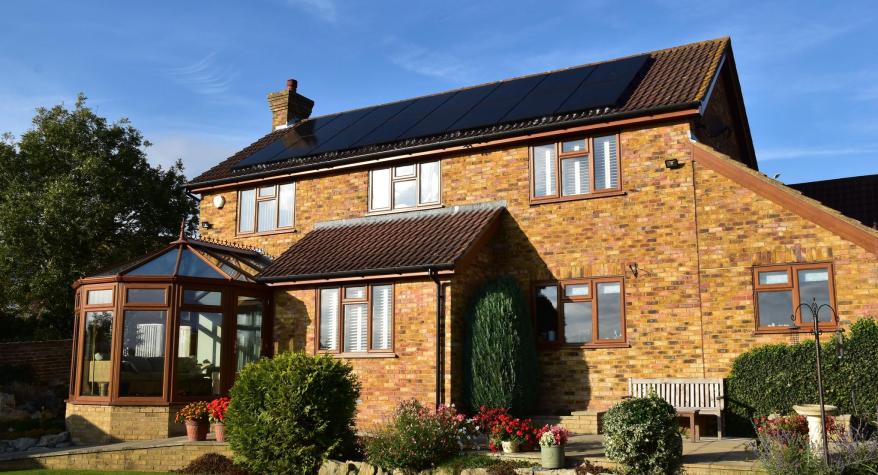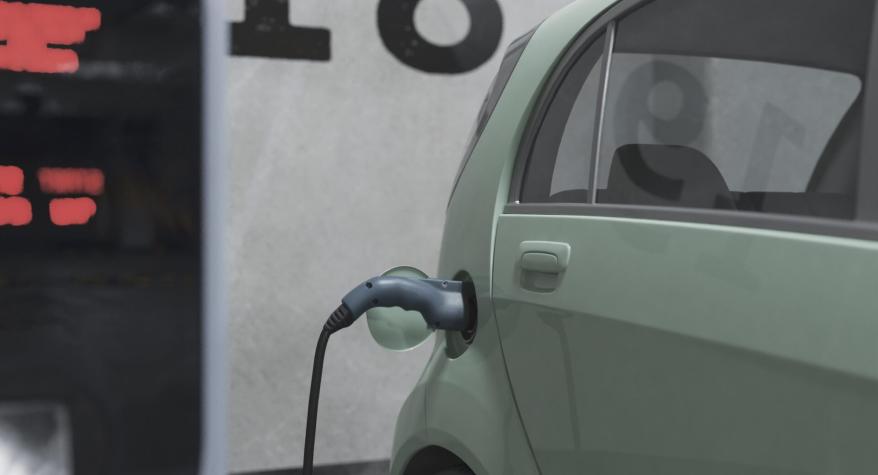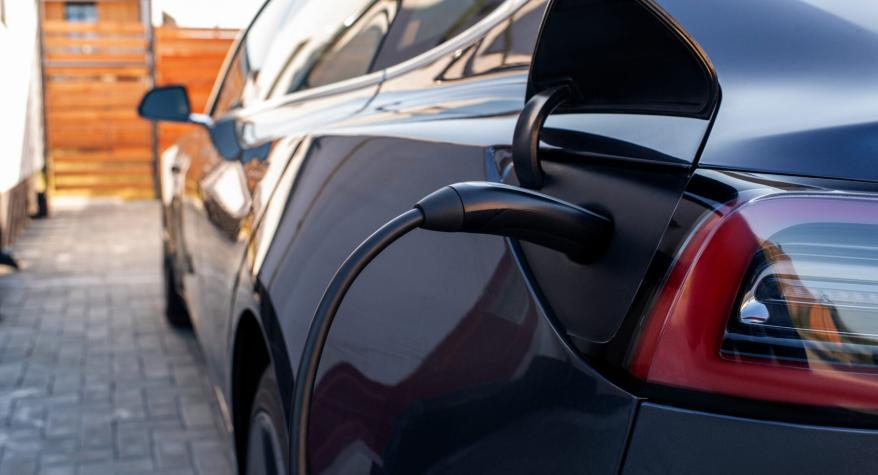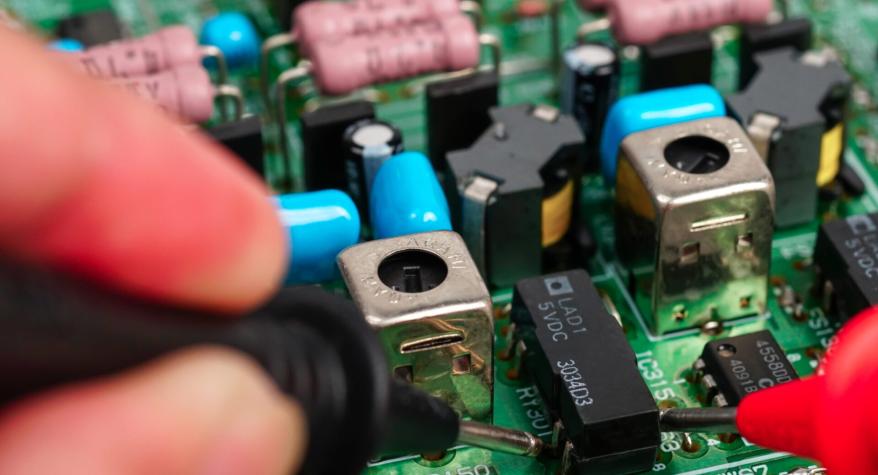If you are a landlord, building owner or facilities manager in Aylesford then this blog is for you!
Our team of electricians regularly upgrade and maintain emergency lighting for building owners and facilities managers in Aylesford. Emergency lighting is crucial for safety in any building, but it’s especially important in communal areas where people may need to navigate to safety in the event of an emergency. Understanding the legal regulations around emergency lighting and ensuring proper installation and maintenance is key to keeping everyone safe. In this post, we’ll cover the UK regulations for emergency lighting in communal areas and provide a guide to installation and ongoing maintenance.
The Legal Framework for Emergency Lighting in Communal Areas
In the UK, emergency lighting is regulated to ensure that people can safely evacuate buildings in case of a power failure or fire. Several key pieces of legislation outline the requirements for emergency lighting:
- The Regulatory Reform (Fire Safety) Order 2005: This legislation requires that fire safety measures, including emergency lighting, be in place in non-domestic properties. It’s the responsibility of the 'responsible person' (typically the property owner or manager) to ensure compliance.
- Building Regulations 2010: The Building Regulations set out general requirements for emergency lighting in new builds or major refurbishments. Part B (Fire Safety) and Part M (Access to and Use of Buildings) are especially relevant.
- BS 5266-1:2016: This British Standard provides detailed guidance on the design, installation, and maintenance of emergency lighting systems. It ensures that the lighting system provides sufficient illumination for safe evacuation.
Key Regulations for Emergency Lighting in Communal Areas
Communal areas like hallways, stairwells, and corridors need to be equipped with emergency lighting that meets specific regulations to ensure the safety of occupants. Here are the essential points:
- Areas that must be lit: Any escape routes or high-risk areas (e.g., stairwells, corridors, and communal lobbies) require emergency lighting. This lighting ensures that, even in the event of a power outage, people can safely navigate these areas.
- Duration of lighting: Emergency lights must stay on for a minimum of 3 hours in the event of a power failure. This ensures adequate time for people to evacuate and for emergency services to respond.
- Types of emergency lighting:
o Maintained lighting: This type stays on at all times, but brightens if the power goes out.
o Non-maintained lighting: This type only activates when there’s a loss of power.
o Escape lighting: This is used to highlight escape routes and direct people to safety.
Installing Emergency Lighting in Communal Areas
The installation of emergency lighting should always be carried out by a qualified professional like PBA Electrical & Renewables ltd. Here are the basic steps to consider when installing emergency lighting:
- Planning the system: A detailed lighting plan is essential to ensure that all escape routes are adequately lit. This should be based on the size of the building, the number of floors, and the layout of communal areas.
- Choosing the right lights: Select appropriate lights based on the area. For example, emergency exit signs will be needed at doors and other exit points, while bulkhead lights may be needed in stairwells and corridors.
- Positioning the lights: The lights should be positioned so that the entire escape route is illuminated. This includes corners, staircases, and areas that could otherwise be poorly lit.
- Professional installation: Emergency lighting systems require precise wiring and integration with the building’s electrical systems. A qualified electrician should handle this to ensure everything is up to code.
Maintaining Compliance
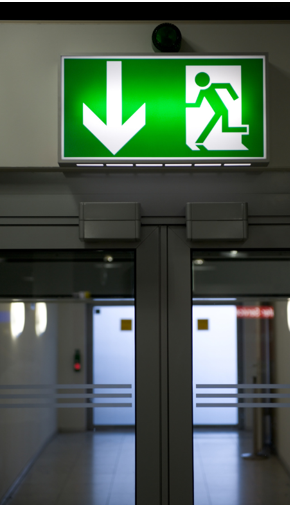
Once your emergency lighting system is in place, it’s important to keep it in proper working condition. PBA Electrical & Renewables offer our clients regular testing and maintenance packages, this is necessary to stay compliant with regulations and ensure that the system will function in an emergency.
- Regular testing: Emergency lighting systems should be tested monthly for 30 minutes, and a full discharge test should be carried out annually for 3 hours to ensure the system’s capacity.
- Documentation: Keep records of all tests and maintenance work performed. This will help demonstrate compliance with fire safety regulations during inspections.
- Common mistakes: Ensure that emergency lighting is not obstructed by furniture or decorations. It's also important to regularly check that the lights are free from dust or damage.
Emergency lighting is not just a legal requirement; it’s a vital safety feature for any communal area. By understanding the regulations governing emergency lighting, ensuring proper installation, and keeping up with regular maintenance, you can make sure your building meets safety standards and provides a safe environment for all occupants.
Emergency Lighting Installer Aylesford
Whether you're managing a large residential complex, a commercial building, or any shared space in Aylesford, contact our team today to ensure you are complying with emergency lighting regulations.

